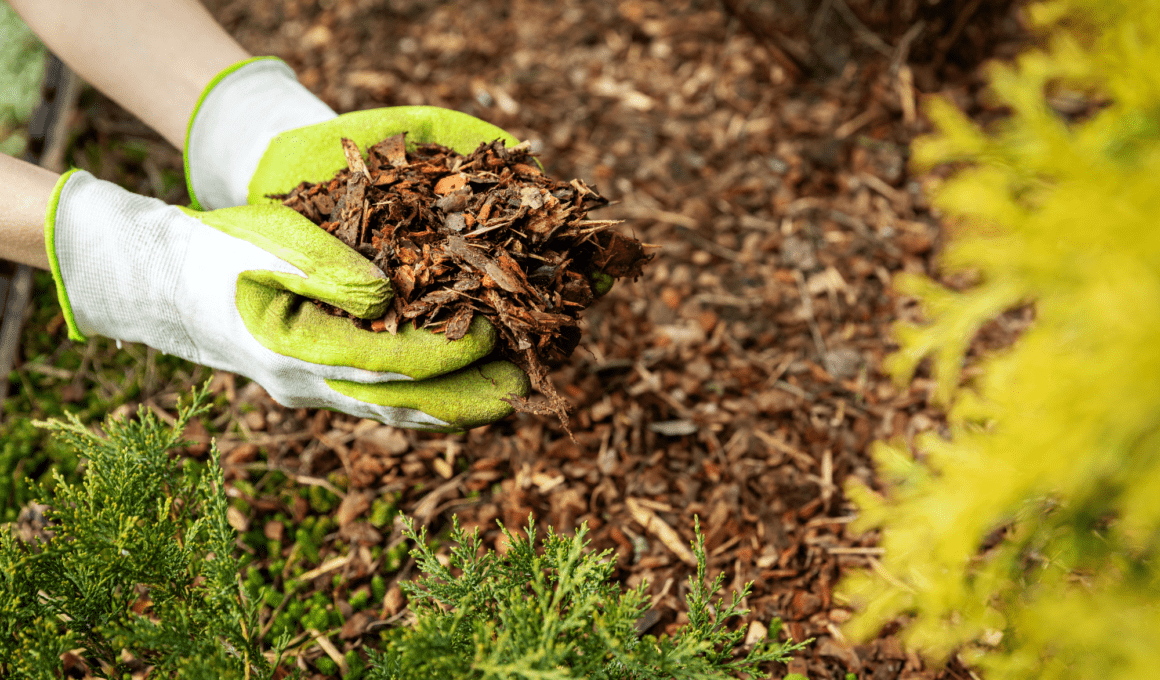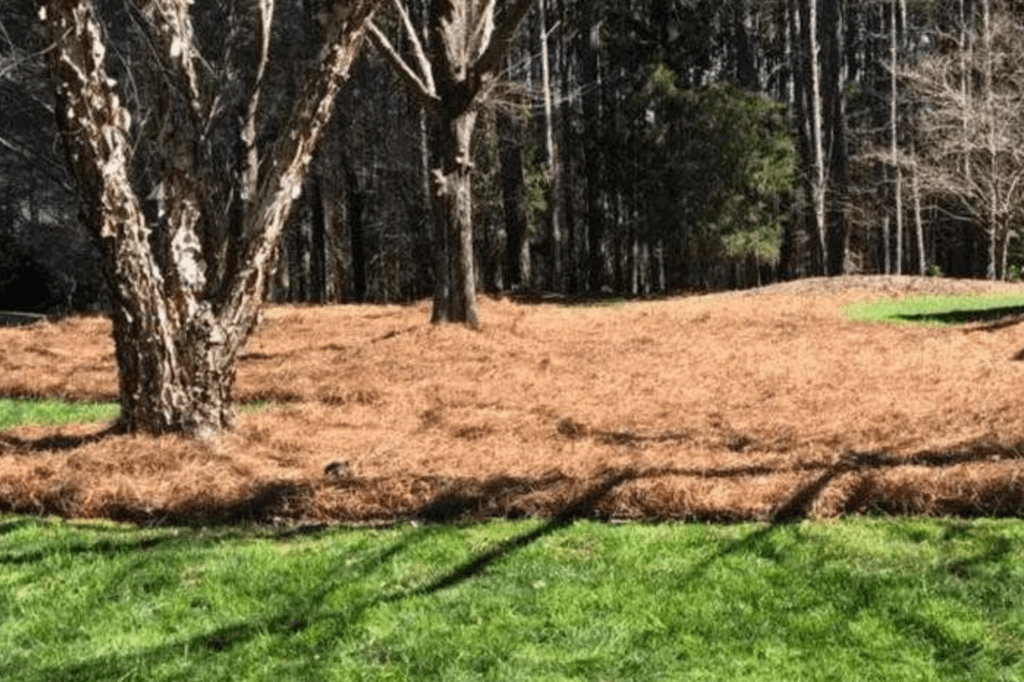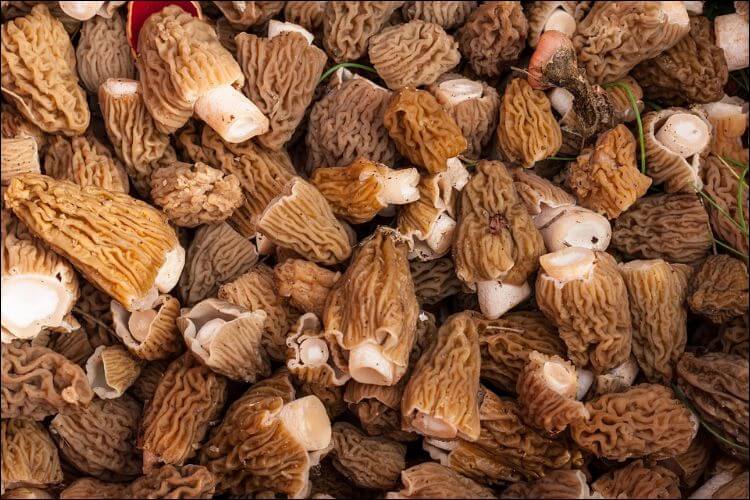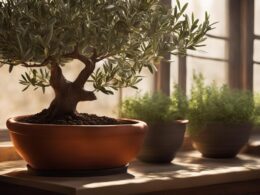As a gardener, you may be wondering whether pine straw mulch is a good option for your landscaping needs. Here, we will explore the pros and cons of using pine straw mulch, including its advantages, potential drawbacks, and how it compares to other popular mulching materials.
Firstly, let’s discuss the advantages of pine straw mulch. This type of mulch provides numerous benefits for your garden, including improved soil quality, increased moisture retention, and regulated soil temperature. Pine straw mulch also helps prevent weed growth and adds an aesthetic appeal to your landscaping.
On the other hand, there are some potential disadvantages to using pine straw mulch, including its tendency to attract pests or rodents and its flammability. Additionally, pine straw mulch may acidify the soil, and some maintenance may be required to ensure its effectiveness.
When comparing pine straw mulch to other popular mulching materials, such as wood chips or gravel, there are differences in cost, availability, and effectiveness in weed control. Understanding these differences can help you make an informed decision about the best mulching material for your garden.
Another important aspect to consider when using pine straw mulch is sustainability. Pine straw is a renewable resource and offers eco-friendly properties. However, responsible harvesting methods must be used to ensure the sustainability of this mulching option.
Advantages of Pine Straw Mulch
Pine straw mulch offers numerous advantages that make it a popular choice for many gardeners. Here are some of the main benefits:
- Improves soil quality: Pine straw contributes to soil enrichment as it breaks down over time. It also promotes soil aeration, which enhances the growth of plant roots.
- Retains moisture: Pine straw creates a protective layer over the soil surface, which helps to reduce evaporation. This means that water is retained in the soil for longer periods, reducing the frequency of watering required.
- Regulates soil temperature: Pine straw helps to regulate soil temperature, keeping it cooler in the summer and warmer in the winter. This creates a more stable environment for plant growth.
- Prevents weed growth: Pine straw mulch acts as a natural weed barrier, preventing weed seeds from germinating and growing. This eliminates the need for chemical weed control products, which can be harmful to plants and the environment.
- Enhances aesthetics: Pine straw adds a natural and attractive appearance to landscaping. Its reddish-brown color can complement a variety of plants and outdoor features, creating a cohesive and visually appealing design.
Overall, pine straw mulch provides a range of benefits that make it an excellent choice for many gardeners. Its ability to improve soil quality, retain moisture, regulate temperature, prevent weeds, and enhance aesthetics has made it a popular choice for landscaping projects. Furthermore, its affordability and easy availability in many parts of the country make it a convenient and sustainable option for gardeners looking for an effective and eco-friendly mulching solution.
Disadvantages of Pine Straw Mulch
Pine straw mulch has several potential drawbacks that gardeners should consider before using it in their landscaping. While it offers many benefits, there are also some disadvantages to be aware of.
Attracts Pests and Rodents
One of the drawbacks of pine straw mulch is that it can attract pests and rodents, such as termites, ants, and mice. These unwanted visitors can cause damage to plants and may even invade nearby structures. To prevent pest problems, it’s important to monitor the mulch for signs of infestation and to take steps to control any pests that are observed.
Potential Soil Acidification
Another potential drawback of pine straw mulch is its acidity. As pine needles decompose, they release acid into the soil. This can be beneficial for acid-loving plants, but it can also be a problem for plants that prefer neutral or alkaline soil. To avoid soil acidification, it’s important to monitor soil pH levels and adjust as necessary.
Flammability
Pine straw mulch is highly flammable, which can be a concern in areas prone to wildfires. In the event of a fire, pine straw mulch can act as fuel and increase the intensity of the flames. To decrease the risk of fire, it’s important to maintain appropriate fire breaks and to avoid using pine straw mulch near structures or other potential ignition sources.
Despite these potential drawbacks, pine straw mulch can still be a great choice for many gardeners. By taking steps to address these potential issues, gardeners can enjoy the many benefits that pine straw mulch has to offer.
Pine Straw Mulch vs Other Mulching Materials
While pine straw mulch offers several advantages, it’s important to consider other popular mulching materials before making a final decision for your garden. Here’s how pine straw mulch compares to other mulching options:
| Mulching Material | Cost | Availability | Weed Control | Moisture Retention | Aesthetics |
|---|---|---|---|---|---|
| Pine Straw Mulch | Low | High | Effective | High | Natural and organic look |
| Wood Chips | Medium | Low | Effective | Low | Rustic look |
| Bark Mulch | Medium | High | Effective | High | Natural look |
| Gravel | High | High | Ineffective | Low | Contemporary look, non-organic |
As shown in the table above, pine straw mulch is one of the most cost-effective options, offering high moisture retention and effective weed control. It also provides a natural and organic look to your garden. Other materials such as wood chips and bark mulch may be more effective in weed control and moisture retention, but they tend to be more expensive and less widely available than pine straw. Gravel, on the other hand, offers a contemporary look but is ineffective at controlling weeds and retaining moisture.
When deciding which mulching material to use, it’s important to consider your specific needs and preferences. Pine straw mulch can be a great option for those looking for an affordable, natural, and effective way to enhance their landscaping.
Sustainability of Pine Straw Mulch
Aside from its landscaping benefits, pine straw mulch is also a sustainable option for gardeners. It is a renewable resource that is harvested from pine trees, which grow quickly and can be replanted after harvesting. This makes it a more eco-friendly option compared to materials that do not regenerate once harvested.
Moreover, pine straw mulch decomposes slowly, allowing it to provide long-lasting benefits to the soil and plants. As it breaks down, it releases nutrients into the soil, which can further improve soil quality and support healthy plant growth.
Furthermore, using pine straw mulch can also contribute to reducing waste. In some areas, pine needles are considered a waste product and are often burned or disposed of. By using them as mulch, gardeners can help prevent the unnecessary waste of this resource.
Managing Pine Straw Harvesting
While pine straw mulch is considered a sustainable option, it is important to manage its harvesting responsibly. Clearcutting pine trees solely for the purpose of harvesting pine straw can lead to deforestation and damage to natural habitats. Therefore, it is essential to ensure that pine straw is harvested as a byproduct of other forest management practices and not as the primary focus.
Gardeners can also choose to purchase pine straw mulch from responsible and certified suppliers who follow sustainable harvesting practices. This can help ensure that the pine straw used in the garden is harvested in an environmentally responsible manner.
“Pine straw mulch is a renewable and eco-friendly option for gardeners to improve soil quality and support healthy plant growth while also contributing to reducing waste.”
Frequently Asked Questions (FAQ)
Here are some common questions and concerns related to pine straw mulch:
Is pine straw mulch good or bad for specific plants or soil types?
Pine straw mulch is suitable for a wide range of plants and soil types. However, it is best used in acidic soils, as it can potentially lower the pH level further. If you are unsure about the suitability of pine straw mulch for your plants or soil, it is always recommended to consult a professional gardener or horticulturist.
What are the pros and cons of using pine needle mulch?
Pine needle mulch, also known as pine straw mulch, is an eco-friendly, cost-effective and aesthetically pleasing mulching option. It improves soil quality, retains moisture, regulates soil temperature, and prevents weed growth. However, it can attract pests or rodents, acidify the soil, and is highly flammable.
What are the differences between pine straw mulch and traditional mulching options?
Pine straw mulch has several advantages over traditional mulching options such as wood chips, bark mulch, and gravel. It is more affordable, easier to apply, and more effective in retaining moisture and preventing weed growth. Additionally, it has a unique texture and color that can enhance the overall appearance of your landscaping.
How long does pine straw mulch last?
The lifespan of pine straw mulch can vary depending on several factors such as weather conditions, soil type, and maintenance practices. On average, pine straw mulch can last up to 6 months before it needs to be replaced. However, it is important to regularly inspect your mulch and replace any damaged or compacted areas to maintain its effectiveness.
How can I maintain my pine straw mulch?
Maintaining pine straw mulch is relatively simple. You should regularly inspect your mulch for any signs of damage or compaction and fluff it up with a rake or pitchfork. Additionally, you should add a fresh layer of mulch every 6 to 12 months to maintain its effectiveness. It is also recommended to water your mulch occasionally to prevent it from drying out.










